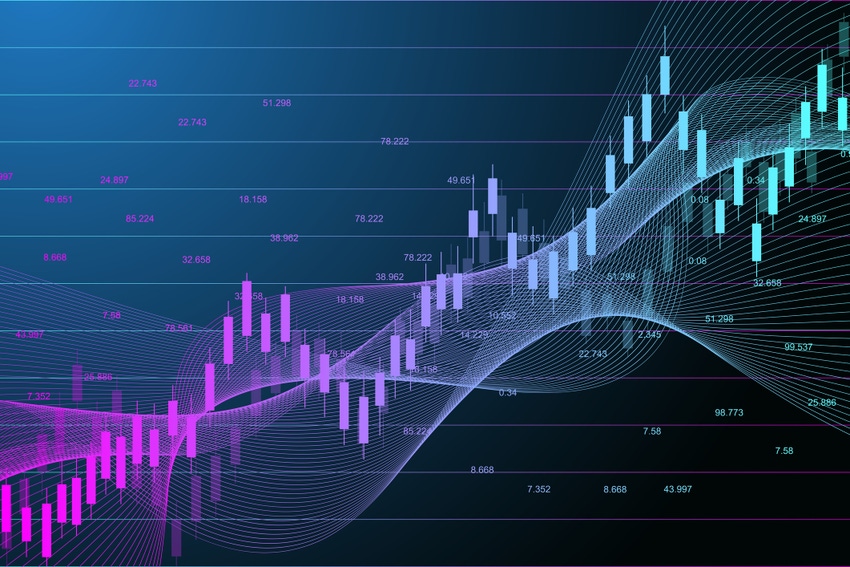
After coming off the 22nd wettest and 20th warmest July in the 125 years on record, U.S. grain farmers were hit by something I’m guessing many had never hear of: Derecho (pronounced deh-REY-cho).
These straight-line winds extending across a significant portion of Iowa and other pockets of the Central grain belt had initial estimated crop loss reaching 35 to 500 million bu. State and federal agencies had estimated 13 million acres (8 million corn and 5 million bean)impacted in Iowa alone, with 40 to 60 million bu. of damaged grain storage that may not be repaired by harvest.
The trade continues to debate the true damage from Derecho. USDA announced late last week it will resurvey harvested acreage across Iowa with plans to release updates to current estimates in the Sept. 11 report.
This sudden weather challenge, combined with what has been almost daily announcements of new corn and bean sales to China, helped support prices. Even so, today we are still on track for a big corn and bean crop adding to our already large carryout of both commodities.
Other factors in play
Though not a direct impact on ag commodity prices today, these factors could eventually influence commodity prices. Some other outside influences to the market include:
Interest rates - The Fed’s monetary policy/interest rates that have and will continue to drive reaction in financial and commodity markets globally. For example, lower interest rates have contributed to a significant increase in real estate transactions as well as new home construction starts. Demand for new homes and possible COVID-19 related production lapse for lumber has driven benchmark wood prices up almost 120% from this time last year.
Precious metals - Copper, silver, and gold prices are also seeing significant higher markets tied to global financials and monetary policy leading investors and hedge fund managers to different safe haven avenues for cash. The same monetary policy affecting these outside markets could eventually provide outside influence into the ag commodities – increased cash inflow by the feds lowering the value of the U.S. dollar, making us more competitive with our global counterparts.
Politics - In roughly 71 days, the U.S. Presidential election will take place. Depending on which side prevails, markets will react as this election seems to have an ever-wider polarizing effect in terms of how either side will handle the economy, trade, and monetary policy. A change in leadership or retention of current leadership will cause the trade to adjust positions as they trade their opinion on either side of potential change in fiscal or trade policies.
Pandemic - Adding another layer of uncertainty is the ongoing influence from the Coronavirus, as questions over testing reliability and reported infection numbers leading up to the election continues.
In all cases, we should question and review all sources rather than assume any one source is flawless and unbiased in its reporting. It’s an election year and the abundance of news sources and opinions will add confusion and uncertainty, which could promote volatility -- and opportunity.
So, what’s the take home message? Be prudent and cautious in managing through these times. Make sure your marketing plan is based on risk mitigation rather than emotions. Agriculture is still seeing relatively low volatility. That provides affordable and efficient pricing of both 2020 and 2021 risk-mitigating exchange-traded tools for agriculture.
Contact Advance Trading at (800) 664-2321 or go to www.advance-trading.com.
Information provided may include opinions of the author and is subject to the following disclosures:
The risk of trading futures and options can be substantial. All information, publications, and material used and distributed by Advance Trading Inc. shall be construed as a solicitation. ATI does not maintain an independent research department as defined in CFTC Regulation 1.71. Information obtained from third-party sources is believed to be reliable, but its accuracy is not guaranteed by Advance Trading Inc. Past performance is not necessarily indicative of future results.
The opinions of the author are not necessarily those of Farm Futures or Farm Progress.
About the Author(s)
You May Also Like






